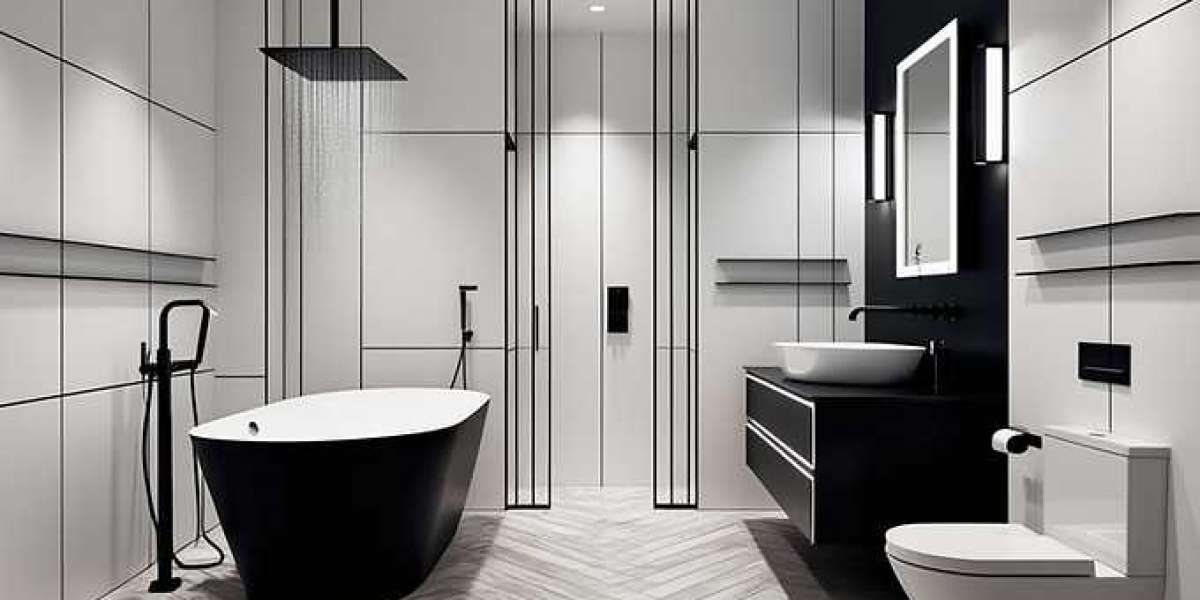What is Vaastu Shastra?
The Mahabharatha epic also refers to Lord Vishwakarma, the divine architect, and Vaastu Shastra in the construction of the Wax Palace. Vaastu shows how to harness the energies of nature to improve our lives.
Vaastu Shastra is based on the 5 basic elements – earth, water, fire, air, and sky. Vaastu-compliant buildings can improve health, wealth, peace, happiness, and prosperity by attracting positive energy into our living or working spaces.
The main aim of using Vaastu Shastra is to create and attract positive energy. It enables us to harness the benefits of cosmic forces, like solar energy, lunar energy, etc.
The Science Behind Vaastu
Vaastu deals with the principles of design, space layout, measurements, and spatial geometry. Its techniques can be used to enhance the benefits of nature's positive energies by aligning geometric patterns, directions, and symmetry.
Vaastu Shastra uses the characteristics of the Panchabhootas or 5 elements, the magnetic field, direction, and the gravitational effect of the earth and the galaxy. It also takes into account natural factors like wind velocity, rainfall, sunlight, the effect of ultraviolet rays, etc.
Each element is linked to natural energies. Earth represents geomagnetic energy, water gravitational energy, wind represents wind energy, fire solar energy, and space represents cosmic radiation. These elements are combined with their ideal directions: water - northeast, air - northwest, space - centre, fire - southeast, and earth - southwest.
This ancient science optimizes every building as per its purpose. It can be a house, an office, a school, or a temple. In a Vaastu-compliant building, the science of directions and the five elements of nature combine to make it beneficial for those who live in it.
Though Vaastu was used initially to design the architecture of Hindu temples, it later came into widespread use. Vaastu Shastra and Vaastu Vidya were used in the plans of towns and cities, this was followed by their use in designing residential spaces and workplaces. The factors taken into consideration included directions, placements of rooms and entrances, and the use of colors, objects, and shapes.
India’s first planned city is Jaipur, also called the Pink City. It was designed by Maharaja Sawai Jai Singh II in 1727. The construction of Jaipur city was based on the principles of Vastu Shilpa Shastra under the guidance of Vidhyadhar Bhattacharya,.
Benefits of Vaastu Shastra
Vaastu Shastra is yet another gift of ancient Indian civilization to mankind, like Yoga, Ayurveda, etc. Its benefits are many. Let us see what they are.
It is Good for Health
Vaastu-compliant buildings use space efficiently. They allow the flow of natural light and air. Incorporating Vaastu principles protects us from harmful ultraviolet rays. These factors promote good health. The optimum use of designs, colors, and materials helps reduce stress levels and create a calm ambiance.
It Boosts Relationships
Vaastu prevents the blockage of energy. The smooth flow of energy in the building creates harmony, peace, and happiness. This fosters better relationships between the inhabitants of the Vaastu-compliant house or workplace.
It Improves Finances
Vaastu Shastra boosts positivity and attracts good luck. This luck may manifest as monetary gains. Through the correct application of Vaastu principles, one can enjoy financial abundance. Also, a healthy and happy person will be able to focus on their goals and achieve them easily.
Some Vaastu Tips For a Good Life
Keep a tulsi plant at the entrance of your home. Tulsi plants can absorb negative energies and increase positive energy in the environment. Keep it in the east direction or near the window in the north or northeast.
Avoid keeping an open shoe stand at the entrance of the home. It attracts negative energies, resulting in a lack of harmony. Keep the shoe rack in the west or southwest corner. Do not place it in the north, southeast, and east directions.
Do not sleep with the head in the north. It can cause sleeplessness and blood disorder problems.
The doors and windows in the north and east direction must be bigger than that in the south and west direction. Avoid having windows in the southwest direction.
Wall clocks must be in working condition always. Place them on the east, west, or north wall. This can attract new opportunities and enable you to work smoothly. Avoid green wall clocks, as they can take away opportunities.
Keep heavy furniture alongside the south and west walls and light furniture adjacent to the north and east walls. Use wooden furniture as they do not emit harmful gases like plastic furniture. Avoid metal furniture as it creates an electromagnetic field around us, which increases negativity.
The nameplate should be neat and clean. A shiny nameplate can bring opportunities.






